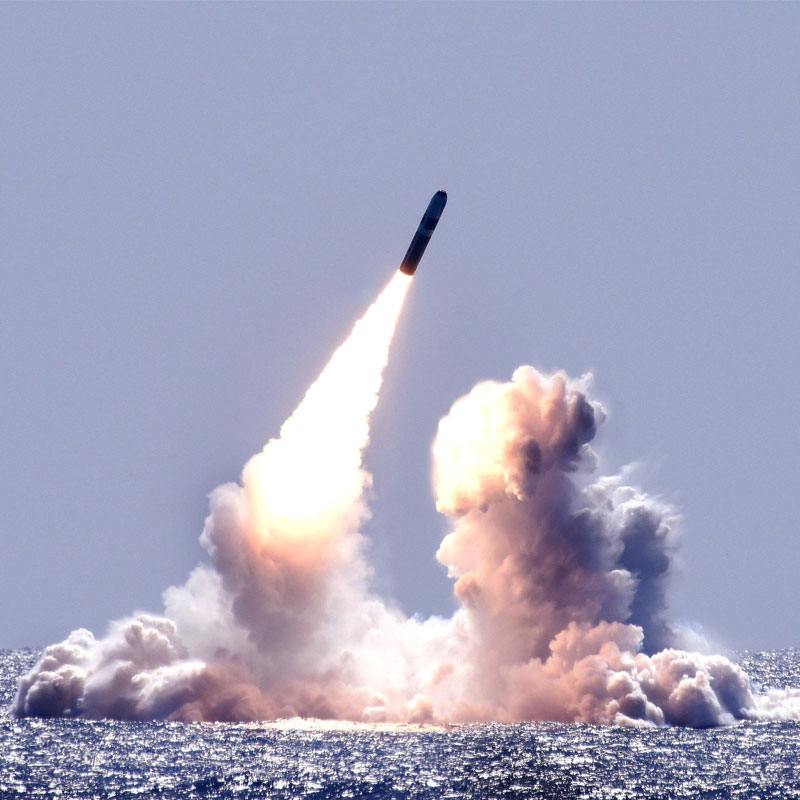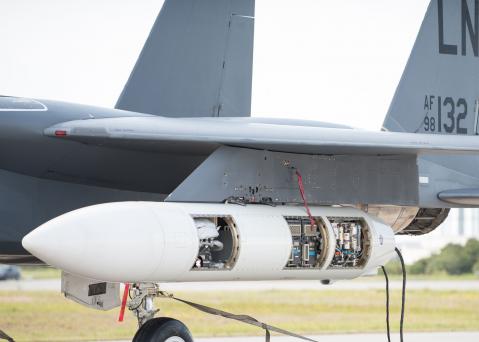Tasked by the U.S. Navy Strategic Systems Programs office to design a new boost guidance system for the submarine-launched Trident II (D5) missile, Draper had to ensure that the new MARK 6 MOD 1 system would maintain the extremely high performance standards of the one already deployed—and be affordably sustainable through 2042.

As guidance prime contractor, Draper was responsible for development, production, testing and fleet deployment of an updated replacement system of inertial measurement units, electronic assemblies, electronic modules and mission-critical flight and shipboard-test software that could be introduced seamlessly into the Trident submarine fleet. The upgraded guidance system needed to maintain compatibility with other subsystems provided by a number of other companies, while staying on schedule and within budget. A major challenge, driven by evolution of technology and the industrial base since the original Trident development in the 1980s, was to cost-effectively evaluate, adapt and implement commercially available technology for strategic requirements.
The new system had to fit into the space within the missile used by the previous system, constraining design in terms of volume and electrical and mechanical interfaces. Underlying technologies needed to be modified to withstand the rigors of the strategic missile application: high reliability in the harsh flight environment, precision and stability necessary to achieve system accuracy, quality and predictability demands of system safety and ability to be radiation-hardened.
To reduce system complexity and program risk, Draper used a modular design approach, allowing simultaneous development of multiple possible solutions for higher-risk components, such as gyroscopes. Technical challenges of these components were addressed thoroughly as encountered, while overall system design continued on schedule. This allowed selection of the final gyro design to be delayed, providing time for candidate technologies to mature before final evaluation.
Model-based engineering (MBE) enabled execution of the complete design and development process in a unified virtual environment. Draper performed extensive verification and validation testing of new components to ensure that designs met all requirements. MBE reduced design integration time by enabling a “digital thread” of traceability across the entire design process and detecting problems before building expensive prototypes. For example, Draper developed nondestructive enhanced ground testing (EGT) methodology as an alternative to costly pad-launched test flights. EGT enabled a shorter cycle for integrating the MK 6 MOD 1 into the larger weapons system while verifying high performance and containing costs.
Draper engineers also addressed costs by adapting current commercial technologies readily manufacturable by existing industry, including fiber-optics for gyroscopes and magnetoresistive memory. Taking advantage of commercial advancements in electronics yielded many benefits, such as miniaturization.
Using these approaches, submarine-launched flight testing of the new MK 6 MOD 1 occurred on time and on budget. In the process, Draper developed systems and expertise that will make it easier to cost-effectively integrate new technology and support future upgrades.
More broadly, Draper can apply the expertise gained on the MK 6 MOD 1 guidance system to additional military boost guidance, missile intercept and weapons system-level initiatives, where modular, model-based design and EGT can ease budget pressures while increasing confidence for missile guidance, navigation and control solutions.


